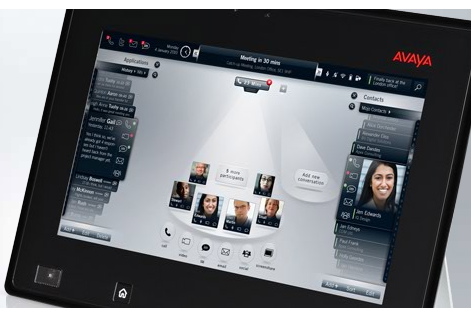HP and Tandberg announced a new gateway product for allowing the HP Halo Telepresence suite to integrate with Tandberg H.323 video conferencing systems. A non-trivial integration, the solution requires several hardware and software elements:
- TANDBERG 6000 MXP codec
- TANDBERG Video Switch
- Halo compositor
- an HP ProLiant server
- and HP-designed software (running on the ProLiant server)
The number and style of components tells usthat this solution requires a lot more than signaling transformation. All the legacy H.323 sessions are multiplexed by the MXP codec and bound together into a single packet stream that is transformed by the Video Switch into Halo-appropriate streams. The HP software coordinates signaling. Halo sessions are similarly converted into H.323 and IP sessions (H.320) which are then mixed into the MXP and video switch.
In video conferencing there are many issues in increasing the addressable network.
Remember Metcalfe's Law?
The value of the network is proportional to the square of the number of endpoints connected.
So, in order to increase the value of HALO implementations (HP reports there are 120 studios meaning approximately $60 million in sales), they have to satisfy the customer demand to integrate the HALO suites with the customers' current video environment and increase the size of the network served.
I noted there is no reference to SIP, and surmise that this is intentional, given the customers' installed base of H323-signalling products.
As well, the complexity of the integration points to the lingering issues in video conferencing – complexity kills market adoption.
In future blog posts, we will write about the interop dynamic. We'll write about the linking together private networks of seemingly incompatible service providers, technologies and even enterprise implementations. What are the security issues? Economic issues? Political issues?









